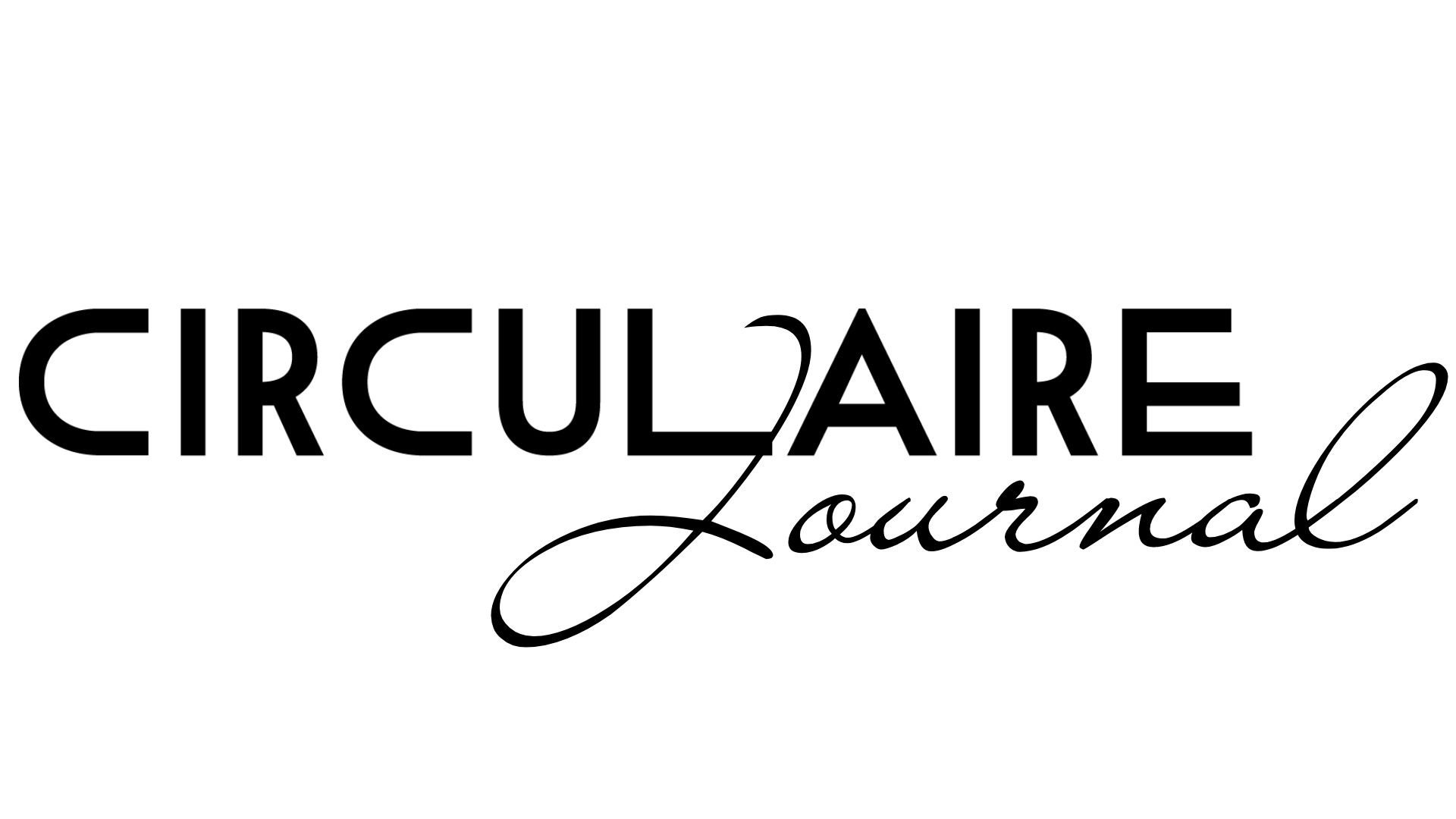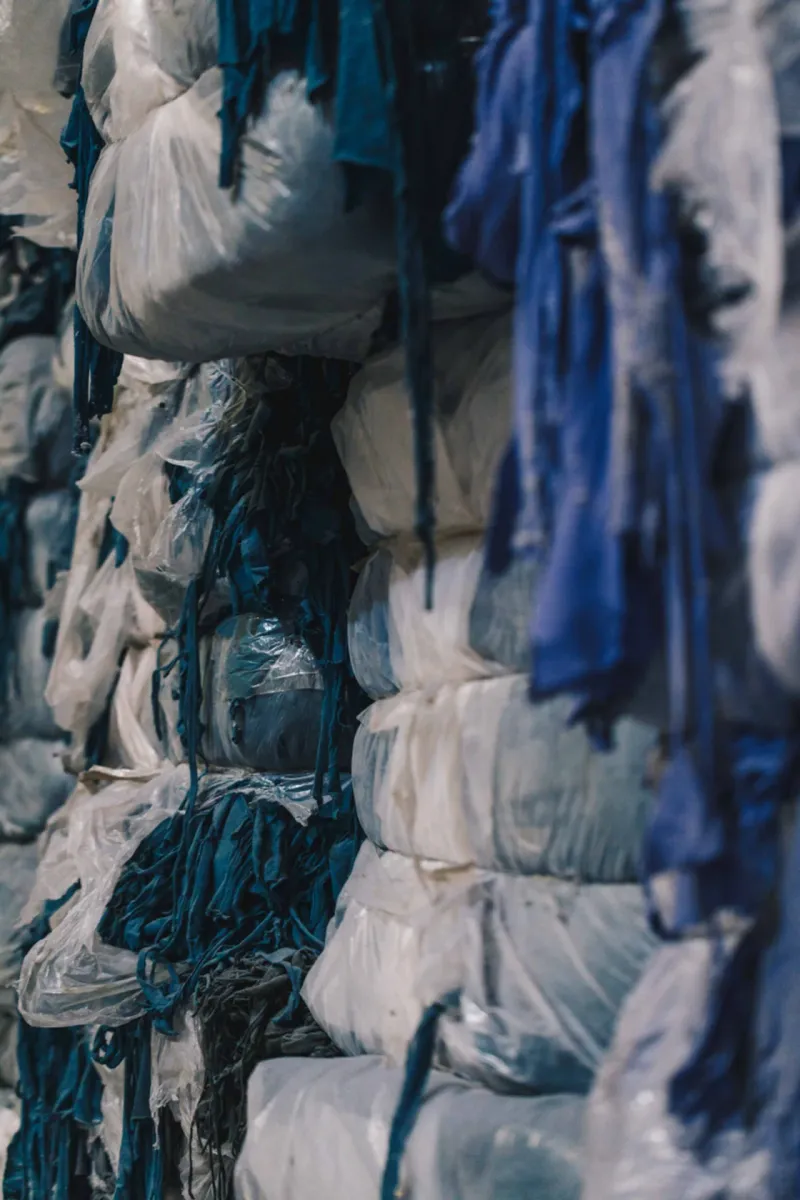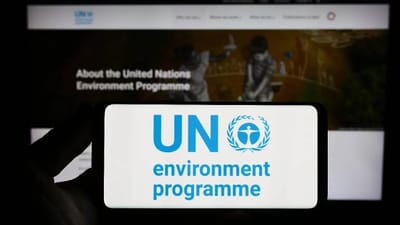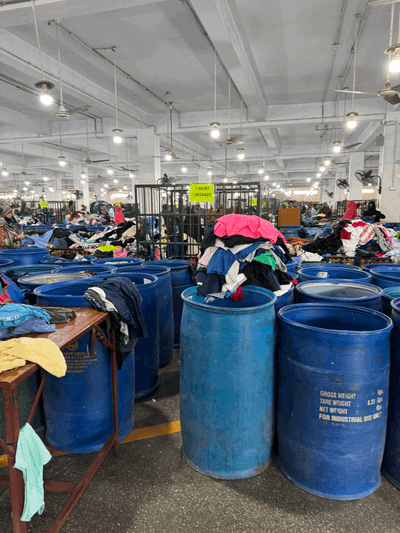For decades, the Secondary Materials and Recycled Textiles (SMART) Association has quietly but powerfully shaped the global textile reuse and recycling industry. Today, it stands as the world’s largest trade association in the field, championing environmental stewardship, policy reform and sustainable economic growth. Its members—ranging from textile processors to fibre converters—divert millions of pounds of textiles from landfill annually, breathing new life into discarded materials and building pathways toward a circular economy.
“SMART’s members play a vital role in textile recovery systems around the world,” says Marisa Adler, Board Member at SMART and Senior Consultant at Resource Recycling Systems (RRS). “They ensure textiles are collected, sorted and repurposed—either through reuse, fibre conversion or industrial applications—rather than ending up in landfill or incineration.”
Adler, who founded and leads the textile circularity practice at RRS, brings deep expertise in sustainable materials management. Her career has spanned local government and national advisory work—including leadership roles at the New York City Department of Sanitation and participation in the California Product Stewardship Council’s textile stakeholder advisory meetings. She now advises both public and private sector clients on sustainable textile policy, Extended Producer Responsibility (EPR), and infrastructure.

“In a circular future, every textile has value—before, during and after its first use.”
- Marisa Adler
She also chairs the New York State Association for Reduction, Reuse and Recycling’s Textile Recycling Council and serves on the California Product Stewardship Council’s Statewide Textile Recycling Advisory Taskforce. “These roles help us build alignment across the industry,” Adler notes. “What we’re really working towards is a systems-level shift—where circularity is embedded into the design, use and recovery of textiles.”
At the heart of SMART’s mission is this principle of circularity. The association promotes a closed-loop system in which textiles are designed for reuse and recycling, used for as long as possible, and then recovered into new products. Its members collaborate across global supply chains, charities, municipalities and manufacturers to make that vision a reality—collecting used clothing, repurposing industrial textiles, and converting waste fibres into raw material.
“Circularity isn’t just about recycling,” Adler says. “It’s about rethinking the entire lifecycle of a product—from how it's made and used, to how it's collected, processed, and ultimately brought back into the economy.”
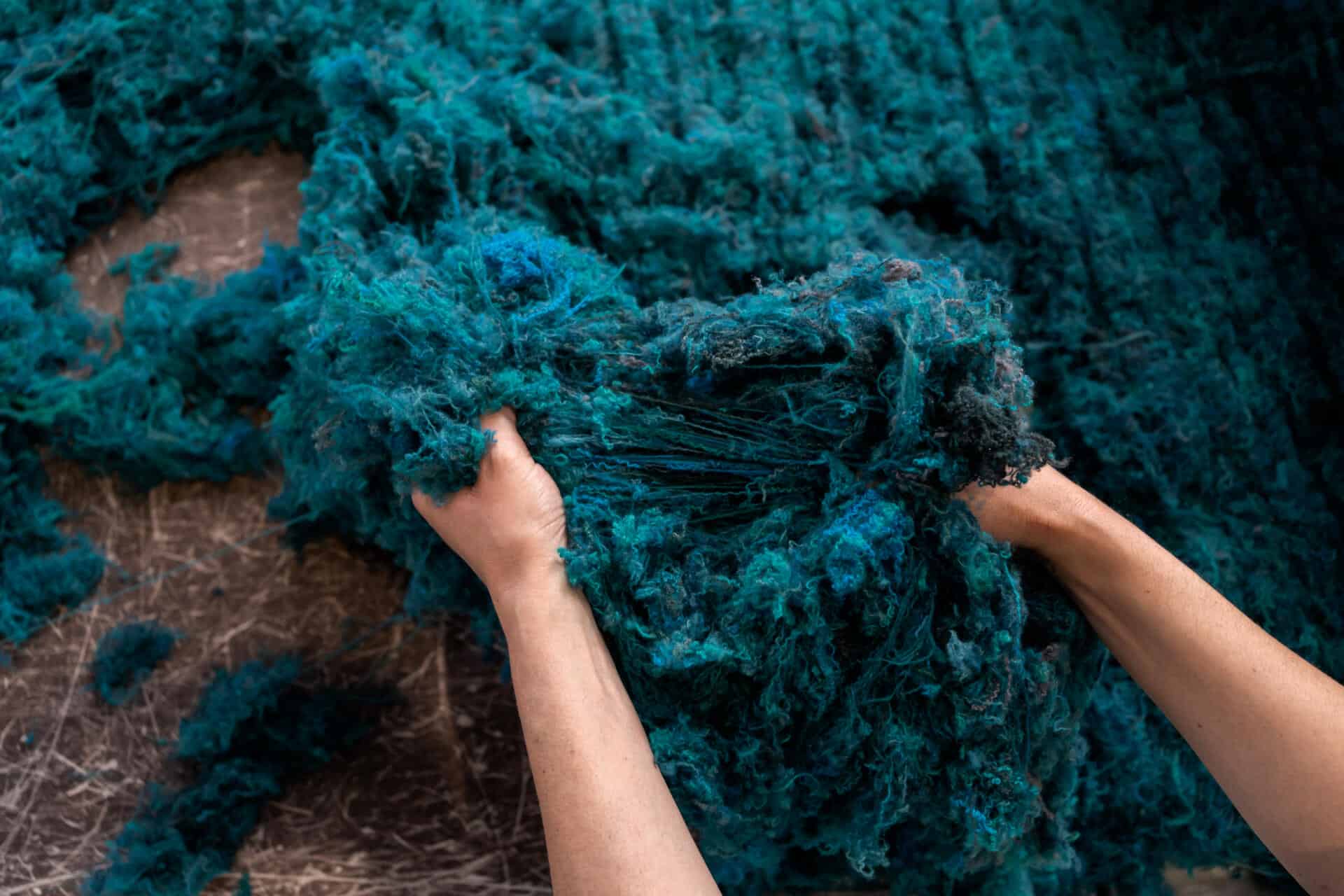
SMART also plays a critical role in advocating for policy solutions that support this lifecycle approach. With trade rules and tariffs increasingly shaping the flow of used textiles, the association works with policymakers to protect responsible markets for second-hand and recycled materials. Adler notes that current global dynamics—particularly in Africa and Southeast Asia—have a direct impact on SMART members’ ability to operate sustainably.
“International trade policy has a growing influence on textile circularity,” she explains. “When tariffs or bans are imposed on used textiles, it can disrupt entire recovery systems and lead to more material being landfilled or incinerated.”
To counter this, SMART supports balanced, evidence-based trade and waste regulations that align with environmental goals while maintaining global market access. The association also actively promotes the adoption of EPR schemes—where producers are responsible for the end-of-life management of their products—as a cornerstone of circular economy legislation.
Education is another pillar of SMART’s work. Through events, publications and public engagement, the association helps consumers, brands and municipalities understand the economic and environmental value of textile recovery. Adler, a frequent industry speaker, co-authored the 2020 report Textile Recovery in the U.S.: A Roadmap to Circularity, which outlines how collaborative action and policy design can scale circular practices.
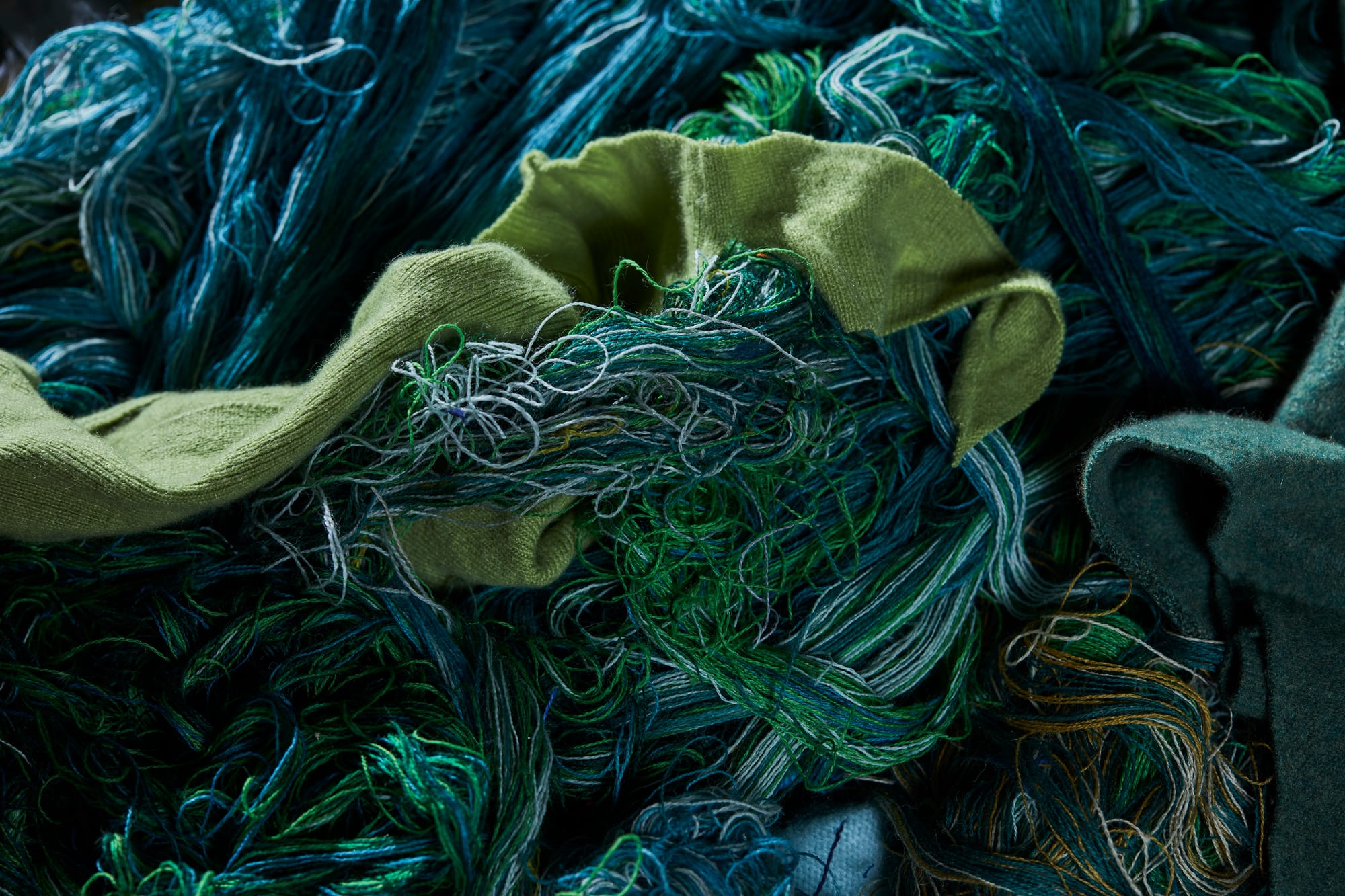
“There’s no silver bullet to solving textile waste,” Adler says. “But SMART’s model—built on decades of real-world recovery experience—offers practical solutions that can be replicated and scaled.”
That includes supporting underserved regions, where SMART members often operate collection, sorting and processing facilities that create local jobs and reduce environmental impact.“We have to build inclusive systems that work everywhere—and that’s exactly what many SMART members are doing.” she adds.
As the textile sector faces mounting pressure to address overproduction, waste and emissions, SMART’s leadership has never been more essential. Its Board of Directors, which includes Adler alongside industry professionals from the US, Europe and Asia, is driving the association’s mission forward with a focus on impact, collaboration and transparency.
With fast fashion under scrutiny and consumers demanding sustainability, SMART’s work signals a shift in how the world sees textiles—not as waste, but as a resource.
“In a circular future,” says Adler, “every textile has value—before, during and after its first use. That’s the future we’re working to build.”
